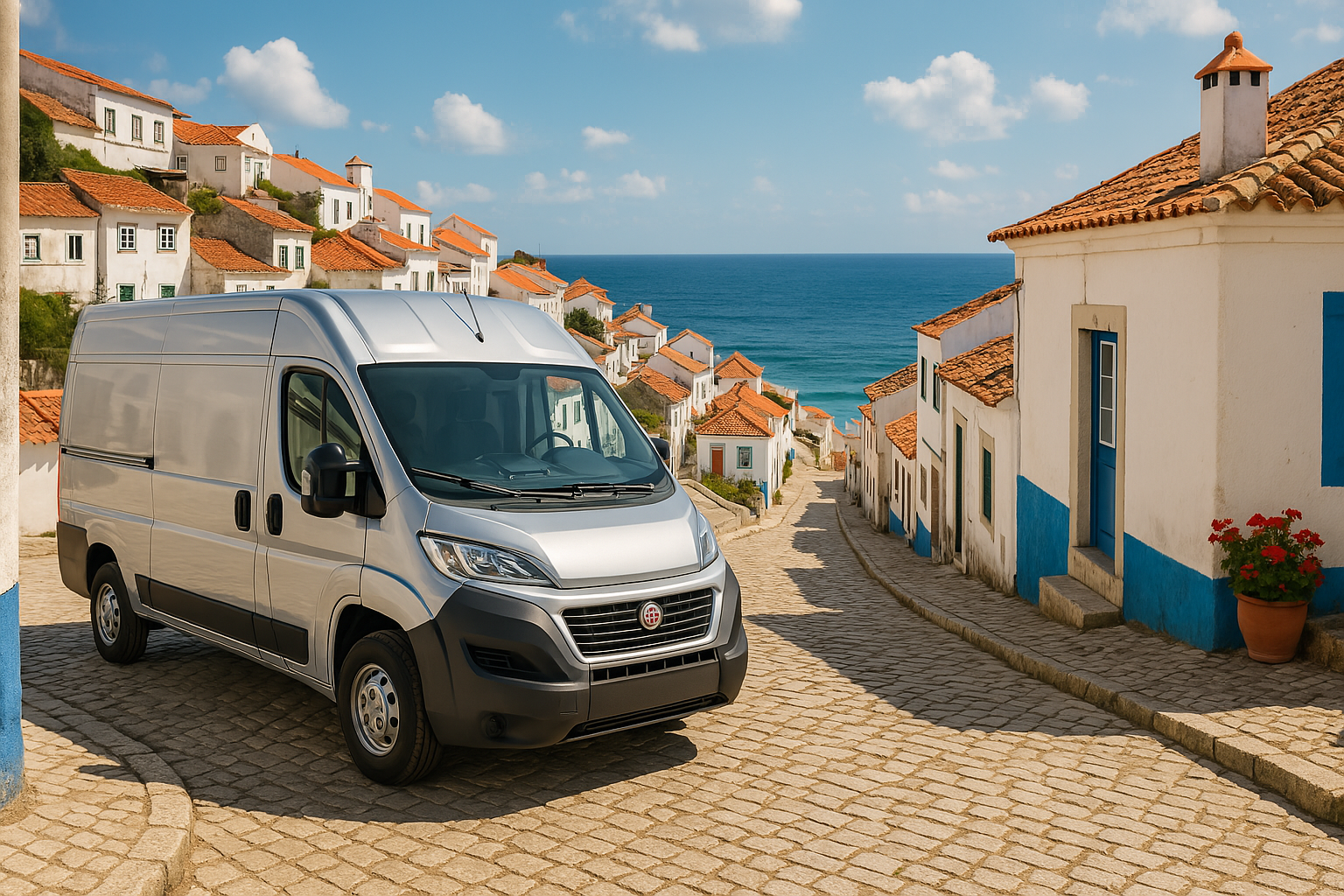The Fiat Ducato: A Versatile and Enduring Commercial Vehicle
The Fiat Ducato is one of the most widely recognized and utilized light commercial vehicles in Europe and beyond. First introduced in 1981, the Ducato has built a solid reputation for its reliability, flexibility, and practical design, catering to a wide range of industries including logistics, construction, and passenger transport. Over the decades, the vehicle has undergone several generations of updates, each iteration improving on the last in terms of safety, efficiency, and adaptability. Its platform has also served as the basis for various motorhomes and campervans, solidifying its place in both commercial and recreational markets.
Manufactured as part of a joint venture between Fiat and PSA Group under the Sevel (Società Europea Veicoli Leggeri) partnership, the Ducato is produced at the Sevel Sud plant in Val di Sangro, Italy. This facility is one of the largest van production sites in Europe and has consistently delivered high output to meet the growing demand. Over the years, the Ducato has been sold under various brand names and configurations, including the Peugeot Boxer and Citroën Jumper. Its versatility in form, drivetrain, and customization options has made it a preferred choice for fleet operators and small businesses alike.
Design and Configuration Options
The Fiat Ducato is available in multiple body styles to suit different commercial needs, including panel vans, chassis cabs, and passenger variants. Customers can choose from various wheelbases, roof heights, and payload capacities, allowing for extensive customization. The interior is designed with a focus on ergonomic comfort and functionality, making it suitable for long hours of use. In recent models, the dashboard integrates digital displays, navigation systems, and smartphone connectivity to support modern logistical operations.
Load space is one of the Ducato's most praised features. The vehicle offers some of the best-in-class cargo volumes, ranging from 8 to over 17 cubic meters depending on configuration. Payload capacity varies from 1,000 to over 2,200 kilograms in certain versions, which makes it ideal for a variety of commercial tasks. The rear doors open up to 270 degrees and the low loading height ensures ease of use, particularly in urban settings where efficiency and speed are crucial.
Engine Performance and Fuel Options
Traditionally powered by diesel engines, the Fiat Ducato has been equipped with a range of efficient and durable MultiJet engines that comply with the latest Euro emissions standards. These engines are known for their balance of power and fuel economy, making them suitable for both city driving and long-haul transportation. Power outputs generally range from 120 to 180 horsepower, with torque figures designed to handle heavy loads with ease.
In response to evolving environmental regulations and the demand for sustainable transport, Fiat has introduced electric versions of the Ducato. The E-Ducato, launched in 2020, offers a fully electric drivetrain with multiple battery configurations to cater to various range requirements. The electric model targets urban delivery services and organizations looking to reduce their carbon footprint. Charging options include both AC and DC charging, with the vehicle capable of reaching up to 280 kilometers on a single charge under optimal conditions.
Transmission and Drivetrain
The Ducato comes with either manual or automatic transmissions, depending on the model and market. The six-speed manual gearbox is standard on most diesel variants, while a nine-speed automatic transmission is available on higher-end trims and specific engine types. The front-wheel-drive layout provides excellent traction for most commercial applications, though all-wheel drive options have been available in specific markets and configurations to handle off-road or difficult driving conditions.
In recent years, Fiat has also focused on improving the driving experience with features like electronic stability control, hill-start assist, and adaptive cruise control. These additions contribute to both driver safety and comfort, especially during extended periods of operation. The inclusion of advanced driver assistance systems (ADAS) is part of Fiat's broader effort to align the Ducato with modern standards in commercial vehicle safety.
Global Presence and Usage
While the Fiat Ducato is most popular in Europe, it has also found markets in North America under the Ram ProMaster name. In these regions, the vehicle has been adapted to meet local requirements, including variations in engine configurations and safety equipment. The ProMaster shares the same underlying platform and retains the core features that have made the Ducato successful. This global footprint demonstrates the vehicle's adaptability across different road networks and business needs.
The Ducato is also a favorite among recreational vehicle manufacturers, with many campervan conversions based on its chassis. Its wide track, flat load floor, and efficient use of space make it ideal for transforming into motorhomes. In fact, Fiat claims that the Ducato serves as the base for more than two-thirds of all motorhomes sold in Europe, a testament to its design versatility and mechanical reliability.
Ongoing Development and Future Outlook
Fiat continues to innovate the Ducato lineup, focusing on connectivity, autonomous driving features, and electric mobility. The most recent models feature enhanced telematics systems that allow fleet managers to track vehicle performance, plan maintenance schedules, and optimize route planning. These improvements aim to reduce downtime and operational costs, making the Ducato an even more attractive option for commercial enterprises.
With stricter emissions regulations and the global push toward zero-emissions transport, Fiat is investing in hybrid and fully electric powertrains for future versions of the Ducato. The company has also committed to maintaining the vehicle's core strengths—modularity, durability, and performance—while adapting to emerging market demands. As urban delivery zones become increasingly regulated, the Ducato is well-positioned to remain a cornerstone in the light commercial vehicle sector.

